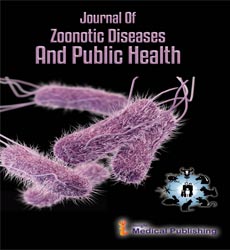An Evaluation of Morphine Use in Obstetrics during a National Shortage of Diamorphine: A Re-Audit Highlighting Changes in Practice over time
Abstract
Introduction: Since the national shortage of diamorphine began in late 2018, preservative-free morphine has been used as an alternative adjunct to local anaesthetics in intrathecal blockade in obstetrics. An initial departmental audit following this enforced change to morphine established a statistically significant increased risk of PONV and reduced patient satisfaction compared with previous diamorphine use. A statistically significant link between intrathecal morphine and reduced post-operative oramorph use was also found. These finding correlate with the different pharmacodynamic profiles of the two drugs. The aim of our re-audit was to evaluate the way in which morphine use changed over time, following our initial audit feedback and with increased familiarity, within our department. Methods: All obstetric anaesthetic interventions at the Lister Hospital are routinely recorded electronically on the Xentec Epidural Audit System. Data is collected on completion of the procedure and during a post-procedure follow-up 1-3 days later. Data points collected immediately post-procedure include choice of intrathecal opiod and adequacy of block intra-operatively. On follow-up data collected includes overall patient satisfaction, side-effects experienced (including severe PONV and pruritis) and post-operative oramorph requirement. Parturients undergoing intrathecal blockade with morphine (n=104) between 13/07/18 and 20/09/18 had been previously audited. This data set represented the initial use of intrathecal morphine as an alternative to diamorphine: Morphine 1. Upon completion, these audit findings were presented at a local departmental meeting where results were displayed with no protocolised changes suggested or enforced. Post-presentation and following a period of time, a second data set was taken analysing parturients undergoing intrathecal blockade with morphine between 05/09/19 and 01/03/20 (n=374): Morphine 2. Data from these two audit sets were then analysed for comparison. Results: Statistical analysis was carried out using Chi-Squared tests and results deemed significant if p < 0.05. There was a statistically significant increase in overall patient satisfaction and regional adequacy in the Morphine 2 group versus Morphine 1, with p values of 0.0006 and 0.0051 respectively. However, no statistically significant change was seen in incidence of severe PONV and pruritis or in post-operative oramorph requirements between the two groups.
Open Access Journals
- Aquaculture & Veterinary Science
- Chemistry & Chemical Sciences
- Clinical Sciences
- Engineering
- General Science
- Genetics & Molecular Biology
- Health Care & Nursing
- Immunology & Microbiology
- Materials Science
- Mathematics & Physics
- Medical Sciences
- Neurology & Psychiatry
- Oncology & Cancer Science
- Pharmaceutical Sciences
